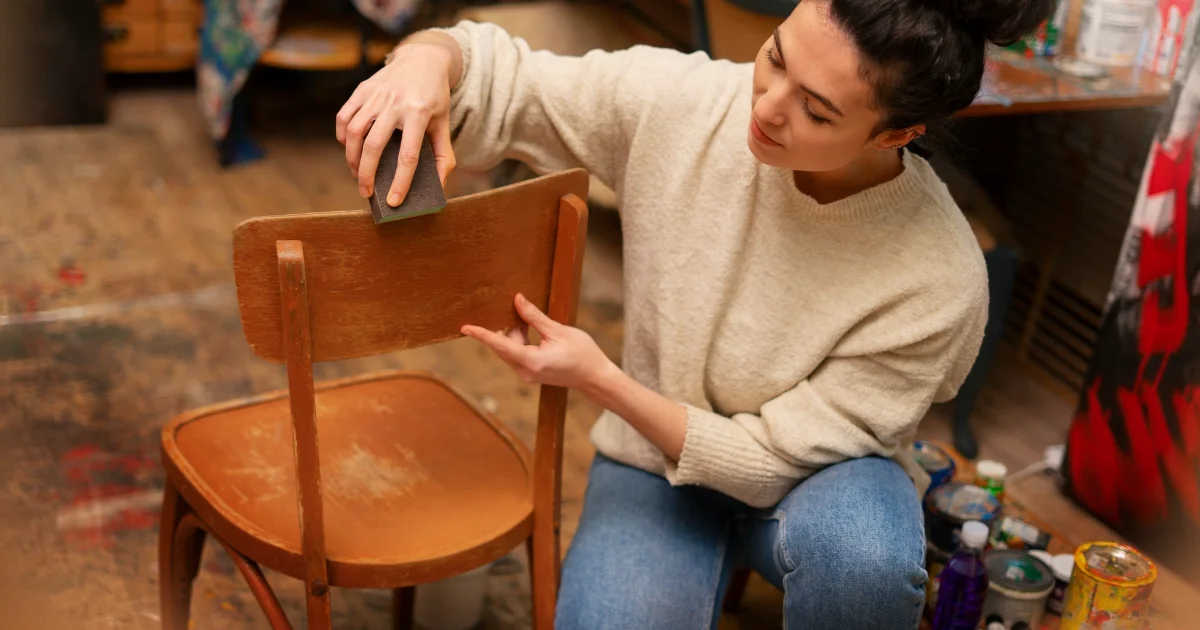Artisan

Great artisans are usually capable of:
- Using hands and arms in handling, installing, positioning, and moving materials.
- Performing precise and skillful manipulation of small objects.
- Being active and proactive in regards to physical activities that require considerable use of your arms and legs and moving your whole body, such as climbing, lifting, balancing, walking, stooping, and handling materials.
Supervisor

Any supervisor should excel at:
- Monitoring and reviewing information from materials, events, or the environment.
- Detecting or assessing problems whether real or potential.
- Monitoring and controlling resources and overseeing the spending of money.
Other work activities related to Furniture finishers
- Mixing ingredients for obtaining desired colors or shades.
- Brushing, spraying, or hand rubbing finishing ingredients, such as paint, oil, stain, or wax, onto and into wood grain and applying lacquer or other sealers.
- Smoothing, shaping, and touch up surfaces to preparing them for finishing, using sandpaper, pumice stones, steel wool, chisels, sanders, or grinders.
- Selecting appropriate finishing ingredients such as paint, stain, lacquer, shellac, or varnish, depending on factors such as wood hardness and surface types.
- Filling and smooth cracks or depressions, removing marks and imperfections, and repairing broken parts, using plastic or wood putty, glues, nails, or screws.
- Distressing surfaces with woodworking tools or abrasives before staining for creating an antique appearance, or rub surfaces to bring out highlights and shadings.
- Painting metal surfaces electrostatically, or by using a spraying gun or other painting equipment.
- Recommending woods, colors, finishes, and furniture styles, using knowledge of wood products, fashions, and styles.







